For those not familiar with the film, Death Takes a Holiday is a romantic fantasy that concerns Death (Fredric March) deciding to assume the form of a late nobleman, Prince Sirki, in order to live among mortals undetected in order, he says, to understand why men fear him and cling to life. His motives are actually a bit deeper than that statement. He wants to experience life as much as an antidote to his eternal loneliness as from any desire to understand it. Late in the film he says that he came to this world to find “a game worth playing.” The “game” he finds is, of course, love, which he realizes in the form of a strangely ethereal young woman named Grazia (Evelyn Venable).
It’s a richly rewarding film on a number of levels, though one that may require a little—let’s call it, suspension of modernity. Personifying Death is a tricky business that works better as a period piece, which, by now, 1934 has become. It also carries with it a certain level of pretension, which may, in the case of the film, be less inherent in the original material (this was first an Italian play by Alberto Cassella that was adapted into an English version by Walter Ferris) than in the participation of Maxwell Anderson as co-author of the screenplay. Anderson’s penchant for hifalutin dialogue is likely responsible for a few of the movie’s more purple outbursts—most of which are limited to the early scenes with Death, where the character is prone to theatrical outbursts about “taking on the world, the flesh and the devil.” These are things modern viewers may need to adjust themselves to. It’s certainly worth it for the film’s rich beauty and cumulative effect.
It might also be worth noting that Leisen’s film wasn’t exactly given a huge budget. To the untrained eye, it looks pretty lavish, but anyone familiar with Paramount’s early 30s output will notice more than a couple recycled sets and decorations. (One of the advantages of the studio system is that there was a vast array of sets and props at hand.) Death Takes a Holiday was only Leisen’s second full-blown directorial effort, but it’s an amazingly assured work that takes full advantage of everything it has to work with. Plus, Leisen’s earlier work as an art director afforded him the ability to help camouflage the redressed sets or put a fresh spin on them.
I’ve known the film most of my life. I’ve loved it the entire time. For that matter, it wasn’t that long ago that I screened it for another friend and still found it a very moving fantasy with touches of mordant humor and a surprisingly resonant climax. The scenes on the moonlit terrace where Prince Sirki and Grazia dance to Jean Sibelius’ “Valse Triste” were still expressive of idealized romance that held their power and beauty. (One wonders, however, what Sibelius must have made of the dance band arrangement of the piece over the ending credits.) The simple effect where Sirki reveals his true self (“I will you to know who I am”) to a woman (Katharine Alexander) who has expressed fearless love for him was still a superb piece of filmmaking. But I don’t know that I “got” anything new from that screening, except for being a little surprised how obvious it is that Sirki and Grazia consummate their love in an offscreen passage of time.
A little later I saw it again and—for whatever reason (and I could probably decipher that, but it’s immaterial)—something new did happen. It suddenly struck me that the film could be read as a work brimming with gay subtext, which isn’t even far-fetched since Leisen was gay. (Yes, there was a Mrs. Leisen, but let’s not go into that.) It’s not a given—especially during the era in which the film was made—that that aspect of the filmmaker would come through onscreen, but it does increase the chances.
In the case of Death Takes a Holiday several factors come into play to support such a reading. There’s the character of Grazia herself. Even in the film’s clever opening credits where the players are introduced with their character names superimposed, everyone is shown grouped together at an autumn carnival—everyone except Grazia (and Death, who isn’t in the scenes and receives no such treatment), whom we meet via a dissolve to her apart from the others, by herself in a church. It quickly transpires that there is a kind of unofficial engagement between her and Corrado (Kent Taylor), a perfectly nice and likable young man, who is the son of their hosts Duke Lambert (Sir Guy Standing) and his wife, Stephanie (Helen Westley).
Grazia likes Corrado. She even loves him, but when pressed on the point of marriage by Corrado, his parents and her mother (Kathleen Howard), she balks. “You know I love you all, and I want to please you, but I…” she tells them and walks away leaving the statement hanging, before turning at the door to the garden and saying, “Don’t you see? I’m not ready.” She further tells Corrado, “There’s a kind of happiness I want to find first, if I can.” Beyond that she talks about a “something” that she “must understand” before she can settle down with Corrado to a conventional normal life. The fact is that there’s nothing in the world wrong with Corrado. He’s handsome, caring, personable and likable, but something holds her in check, but even late in the film she tells Corrado, “I love you in some way I can’t quite make clear. If I didn’t feel so far away, I’d be in your arms now, crying and holding you close to me.” It’s not for want of caring for him, but something else—something beyond what she would even like to be true—that stands between them.
Of course, what she finds is love in the form of Prince Sirki—a love that the others can’t understand and find frightening, especially when they learn the truth of just who Sirki really is. Even Grazia is not on perfectly solid ground in the matter. She tries to reason with her friends, family and would-be husband. “Why are you all so strange? Why are you suffering so? I’ve found my love. There ought to be lights and music,” she argues, but when Corrado asks her to stay with him rather than go with Sirki, there’s a sadness to her response, “I can’t, Corrado, but I shall always love you.” The fact is that she has finally learned that “something” she had to understand and is now the person she secretly knew she always was.
The Thursday Horror Picture Show will screen Death Takes a Holiday Thursday, April 23, at 8 p.m. in Theater Six at The Carolina Asheville and will be hosted by Xpress movie critics Ken Hanke and Justin Souther.




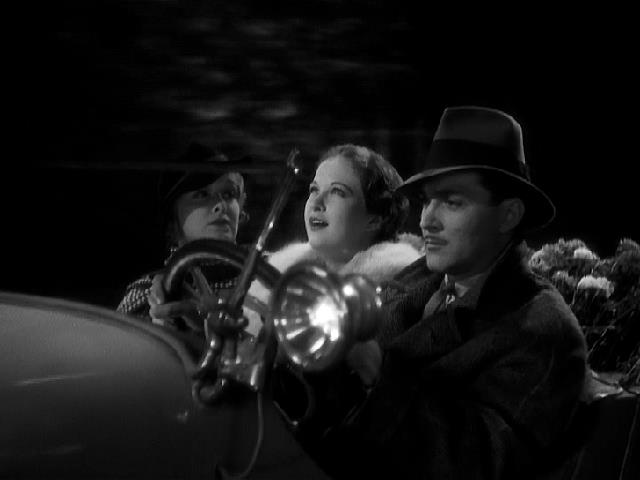
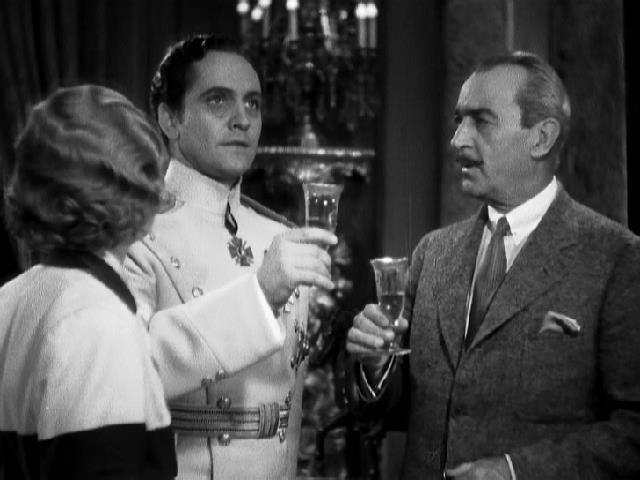
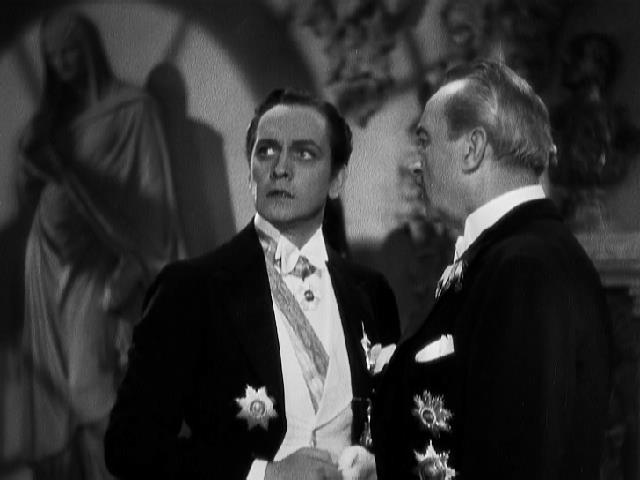
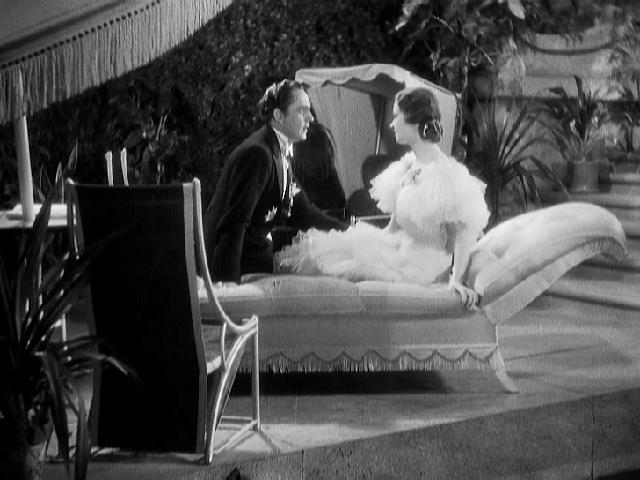
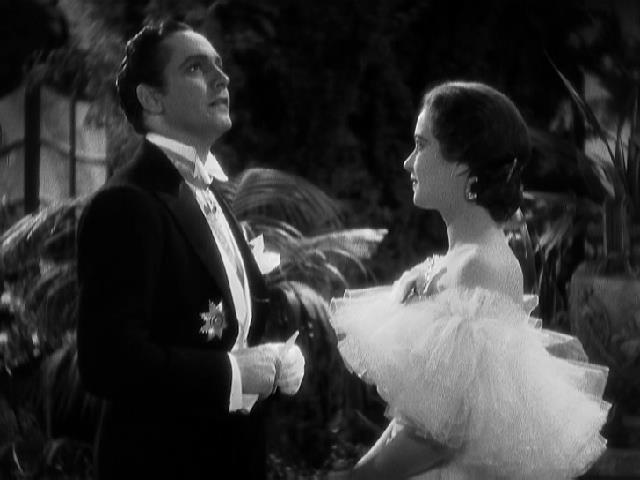


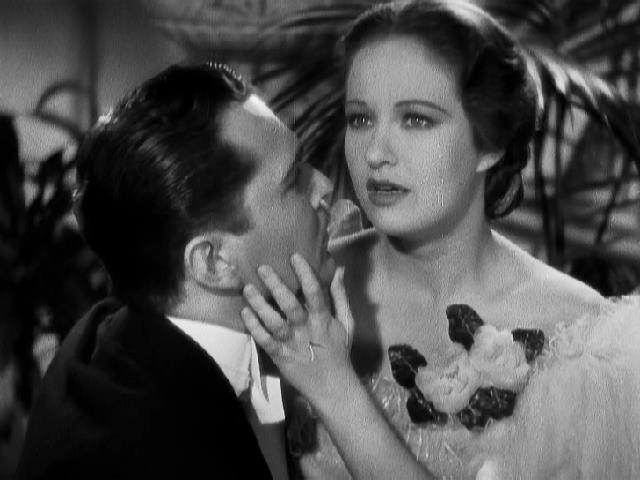
Before you comment
The comments section is here to provide a platform for civil dialogue on the issues we face together as a local community. Xpress is committed to offering this platform for all voices, but when the tone of the discussion gets nasty or strays off topic, we believe many people choose not to participate. Xpress editors are determined to moderate comments to ensure a constructive interchange is maintained. All comments judged not to be in keeping with the spirit of civil discourse will be removed and repeat violators will be banned. See here for our terms of service. Thank you for being part of this effort to promote respectful discussion.